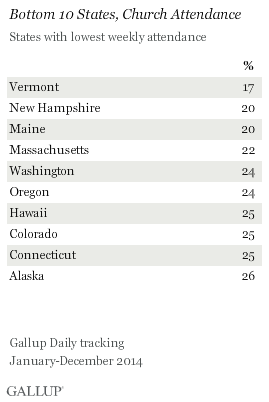Tough New Anti-Smoking Ads to Air in Connecticut, Nationwide
/The Centers for Disease Control and Prevention is launching its 2015 “Tips From Former Smokers” campaign with a series of powerful new ads featuring former smokers who suffer from smoking-related illnesses, including vision loss and colorectal cancer. Ads also highlight the benefits of quitting for smokers’ loved ones, and the importance of quitting cigarettes completely, not just cutting down. Cigarette smoking kills more than 480,000 Americans each year and remains the leading cause of preventable death and disease in the United States. For every American who dies from a smoking-related disease, about 30 more suffer at least one serious illness from smoking.
Beginning March 30, the ads will run for 20 weeks on television, radio, billboards, online, and in theaters, magazines, and newspapers. Connecticut is included in the national ad buy, which includes cable TV, magazine, and digital media, according to CDC officials. 
Data from the Centers for Disease Control and Prevention indicate that in 2013, 15.5 percent of Connecticut adults were smokers. This was lower than the national average of 18.1 percent, and lower than the other New England states, which ranged from 16.2 percent (New Hampshire) to 20.2 percent (Maine).
CDC’s successful Tips national tobacco education campaign has helped prompt millions of smokers to try to quit since it began in 2012, officials said. It has also proven to be a “best buy” in public health by costing just $393 to save a year of life.
“These former smokers are helping save tens of thousands of lives by sharing their powerful stories of how smoking has affected them,” said CDC Director Tom Frieden, M.D., M.P.H. “These new real-life ads will help smokers quit, adding years to their lives and life to their years.”
In 2014, Tips ads had an immediate and strong impact. When the ads were on the air, about 80 percent more people called the national quitline, CDC officials noted, for free help. Since 2012, Tips ads have generated more than 500,000 additional calls to the toll-free quitline number, 1-800-QUIT-NOW.
Nationally, about 3 in 4 adult e-cigarette users also smoke cigarettes. If you only cut down the number of cigarettes you smoke by adding another tobacco product, like e-cigarettes, you still face serious health risks, according to CDC offcials. Smokers must quit smoking completely to fully protect their health -- even a few cigarettes a day are dangerous, they emphasize.
The agency website, www.cdc.gov/tips, includes personal stories from the campaign. The website also includes detailed assistance developed by the National Cancer Institute to support smokers trying to quit.
Besides the human cost, smoking takes a devastating toll on the nation’s economy, CDC officials point out. Those costs exceed $300 billion a year—nearly $170 billion in direct medical care for adults and more than $156 billion in lost productivity.
The Tips campaign serves as an important counter to the more than $8.3 billion spent annually by the tobacco industry to make cigarettes more attractive and more affordable, particularly to young people, officials said.
https://youtu.be/GEWky9PEroU


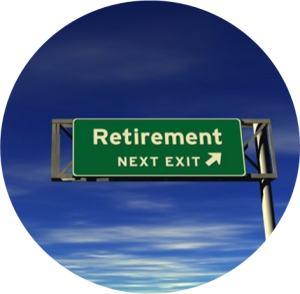

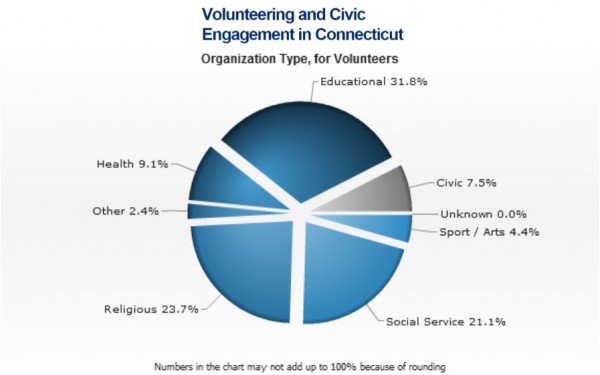

 among young adults (aged 18-24) attending college was 26.7 percent, nearly double the volunteer rate of young adults not attending college (13.5 percent).
among young adults (aged 18-24) attending college was 26.7 percent, nearly double the volunteer rate of young adults not attending college (13.5 percent).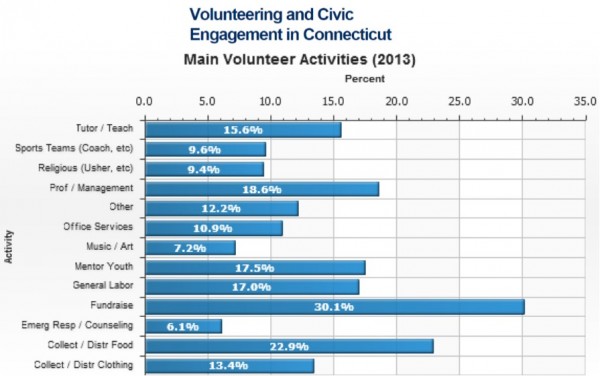


 Charter Oak’s proposal would create an Experimental Site in financial aid that would offer aid to students for prior learning (established via portfolios and tests), with the aim of making a college degree more affordable and accessible.
Charter Oak’s proposal would create an Experimental Site in financial aid that would offer aid to students for prior learning (established via portfolios and tests), with the aim of making a college degree more affordable and accessible.


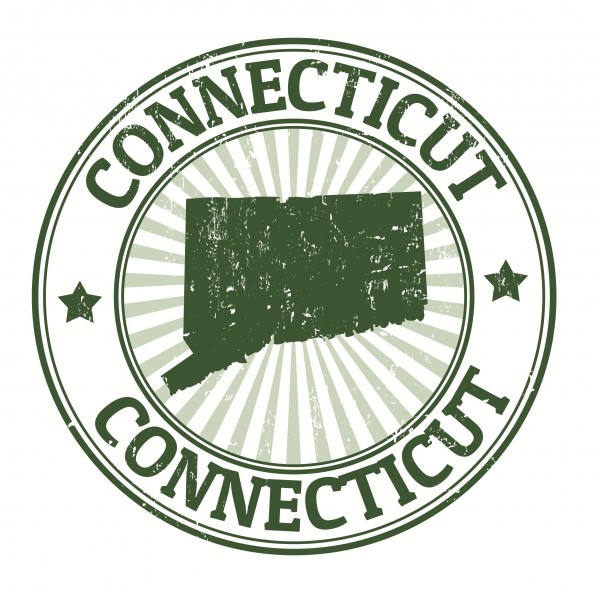

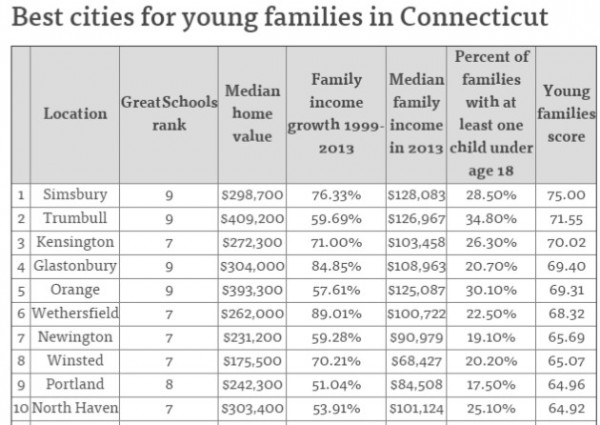
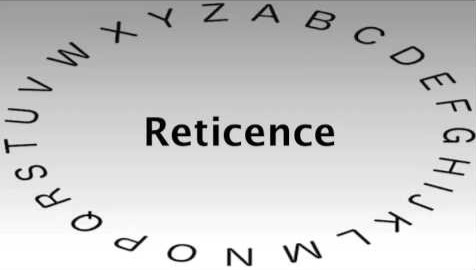
 The “dysfunctional thinking” and anxiety due to emotional instability or the lack of openness to new experience contributes to fear of negative evaluation, the study concluded. It is this fear of potential negative social judgment that is at the heart of reticence, in which individuals believe that ‘‘it is better to remain silent than to risk appearing foolish.’’
The “dysfunctional thinking” and anxiety due to emotional instability or the lack of openness to new experience contributes to fear of negative evaluation, the study concluded. It is this fear of potential negative social judgment that is at the heart of reticence, in which individuals believe that ‘‘it is better to remain silent than to risk appearing foolish.’’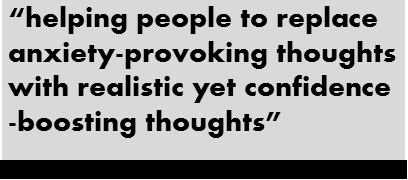
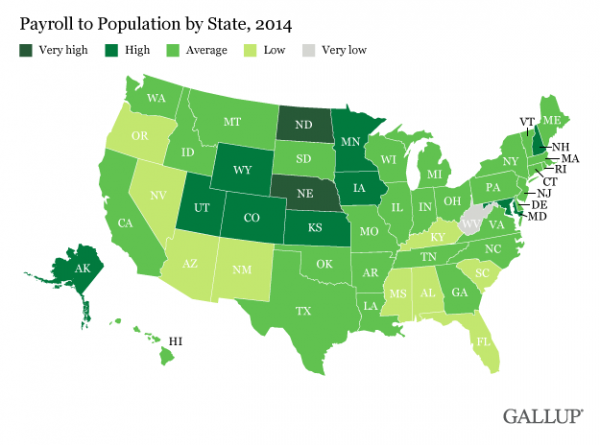
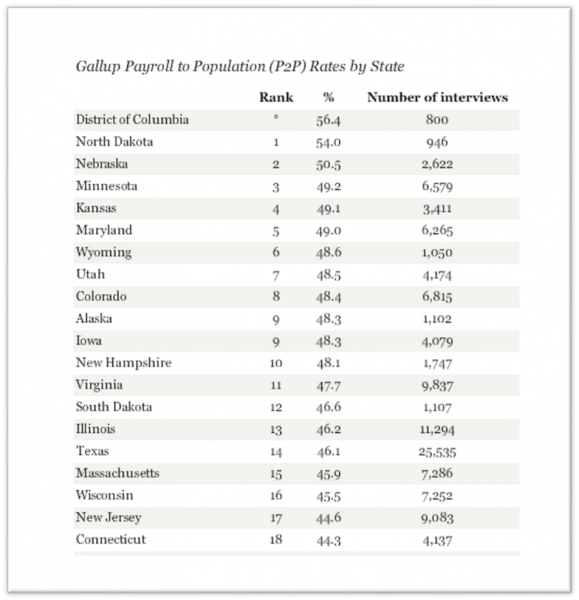 n,
n, 



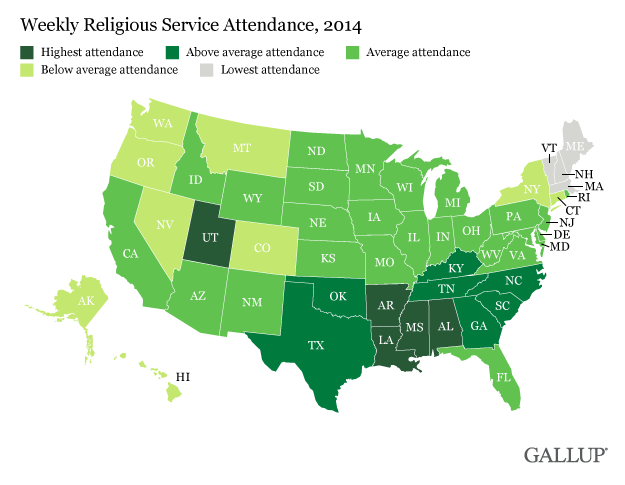 are stark geographic differences in religiosity. In some states of the union -- Utah and Southern states -- roughly half of residents report attending religious services weekly, while in others -- mostly in the Northeast and the West -- a fourth or less of residents attend weekly.”
are stark geographic differences in religiosity. In some states of the union -- Utah and Southern states -- roughly half of residents report attending religious services weekly, while in others -- mostly in the Northeast and the West -- a fourth or less of residents attend weekly.”